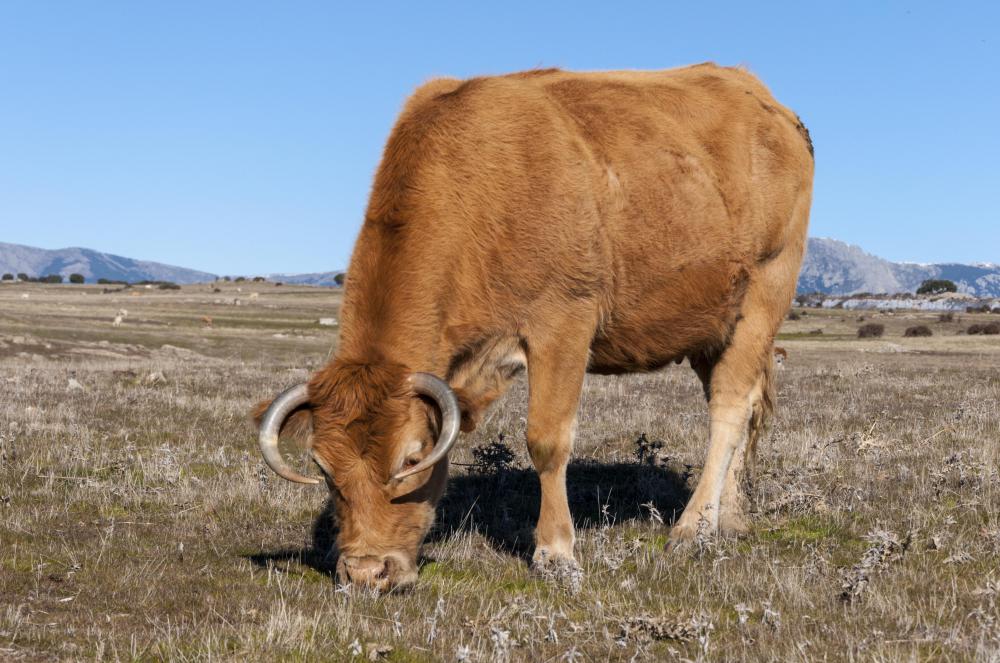At HomeQuestionsAnswered, we're committed to delivering accurate, trustworthy information. Our expert-authored content is rigorously fact-checked and sourced from credible authorities. Discover how we uphold the highest standards in providing you with reliable knowledge.
What are the Different Types of Warm Season Grasses?
Warm season grasses, which are grass species that experience their greenest season during the warm months of spring and early summer, are popular with both farmers tending livestock and landscapers creating garden masterpieces. There are many types of warm season grasses, including switchgrass, Bahia Bermuda, and zoysia grass. Some turfgrass-type lawn grasses are warm season grasses, but many grasses that thrive in the warm season stem from a taller, thicker variety of grass called ornamental grasses.
Popular warm season lawn grasses include St. Augustine grass and centipede grass. One of the most well-known types of grasses, St. Augustine grass is a common choice for lawns that see a lot of foot traffic, like soccer fields and golf courses. Centipede grass tends to be less soft to the touch than the relatively lush St. Augustine grass, but it is easier to maintain. The low fertilizer requirements of centipede grass make it a common choice for city landscaping like highway dividers.

In some areas of the world, warm season grasses are popular as foraging food for livestock. In other parts of the world, warm season grasses are considered out of control, invasive plants that cause permanent changes when introduced into new environments. Generally, climates that do not experience significant frost to kill warm season grasses are prone to invasive problems with this type of grass.

Grasses generally reproduce in one of two ways: by spreading seeds or by producing offshoots. The offshoots are usually one of two types: rhizomes and stolons. Rhizomes and stolons make more grass by growing outward from the plant and establishing roots for an independent plant. Since grasses use this method to reproduce, they can begin to creep into other plant beds if the grassy areas are not properly divided from the non-grassy parts of a landscape.
In the right applications, these grasses can be practical as well as beautiful. Warm season grasses are most commonly prized by keepers of livestock for the plants' ability to feed grazing animals. Warm-season grazing poses some risks to the animals, as certain types of grass carry a fungus that can be toxic to the animals.
Warm-season grasses like switchgrass can also be used to make hay to store to feed animals when grazing is not an option. Grasses are dried and bagged or formed into bales to more easily transport the feed. One drawback to using these grasses as feed is that they can sometimes grow a fungus that is harmful to animals that ingest it. To avoid fungus problems for foraging animals, many farmers opt to seed with fungus-resistant types of feed grass.
AS FEATURED ON:
AS FEATURED ON:












Discuss this Article
Post your comments